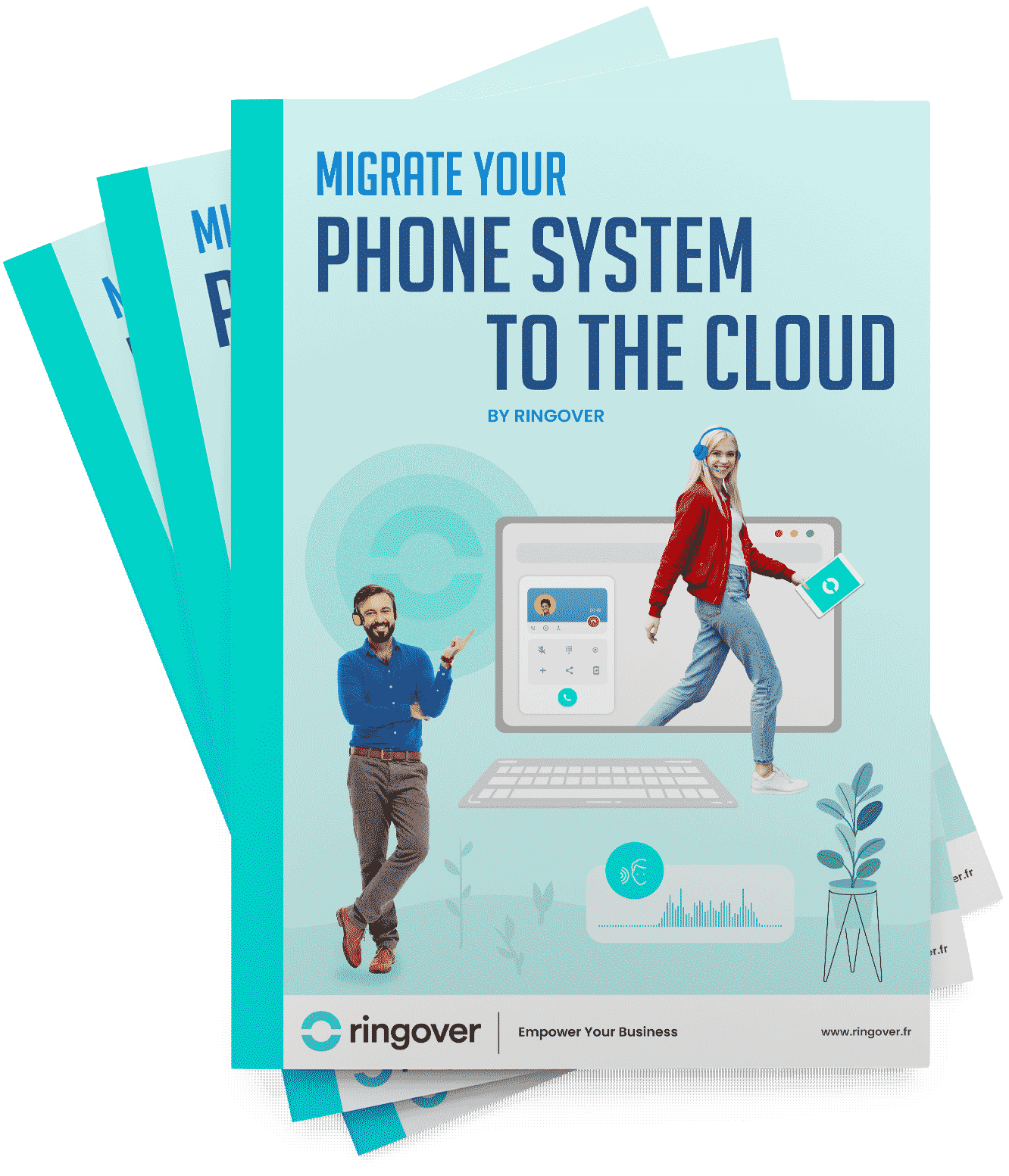Summary
Through this article, we will offer you a complete guide on the QQOQCP method. You will learn to apply it effectively in various professional sectors and discover its multiple advantages.
You will find an overview of its application in specific fields such as sales, customer service, communication, human resources, and project management.
QQOQCP Method Definition
The QQOQCP method is a tool for collecting and analysing information essential to understanding a complex situation and clearly identifying a problem. It is based on an in-depth examination through six key questions: Who? What? Where? When? How? Why? Applying this framework helps to identify the unique characteristics of a situation, a project, or a need, with a view to finding the most suitable solution.
The term QQOQCP comes from the French translation of the questions: quoi, qui, où, quand, and comment.
Used in a multitude of professional sectors such as sales, customer service, communication, human resources, and project management, this versatile method can be used in almost any context. It structures discussions, facilitates the suggestion of suitable products or services, animates meetings, carries projects, and supports team management effectively.
The QQOQCP method allows examining a problem from all angles. It thus contributes to establishing an exhaustive diagnosis and detecting the true origin of the difficulties encountered.
It also plays a crucial role in getting everyone on the same page and keeping a group focused on problem-solving.
QQOQCP Method Applied to Sales (Example)
The QQOQCP method is a powerful tool for sales professionals, designed to deeply understand customers' needs. The questions Who, What, Where, When, How, and Why help to grasp the nature of a situation, a need, or a project, thus facilitating personalised interactions.
Practical demonstration: Imagine yourself as a salesperson for project management software, having a conversation with a prospect interested in your solution. To understand their needs, you structure the exchange based on the following:
- Who: What is your position in the company? Who makes the decisions? Who will use the software?
- What: What specific needs are involved? What objectives are you aiming for? What criteria do you prioritise in choosing your software? Are you encountering particular difficulties?
- Where: Where is your company located? In what environment will the software be used?
- When: When is the software needed? When do you plan to make a decision? When would the project start?
- How: How does your company operate? How are your projects managed? How do you evaluate available options? How do you plan to finance the software purchase?
- Why: Why are you looking for project management software? What prompts you to contact us specifically? What elements of our solution attract your attention?
Based on the answers obtained, you will be able to highlight the strengths of your software, plan a tailored demo, submit a pricing offer, and encourage conversion from prospect to client.
During this discovery phase, tools like Cadence and Ringover provide valuable support. Cadence allows you to personalise your follow-up campaigns across various channels (email, phone, text messaging, social networks) and measure your prospects' interest.
Ringover facilitates calls directly from a PC, recording conversations, creating transcriptions, and offering integrations with other business software such as the popular CRMs Hubspot, Salesforce, and Zoho, thus enhancing your ability to turn prospects into loyal customers.
QQOQCP Method for Customer Service Teams
The QQOQCP method is a fundamental tool for customer service teams, facilitating a deep understanding of customer requests and complaints. It helps to precisely identify a situation, a problem, or a need in order to develop a tailored solution.
Consider a practical example of the QQOQCP method applied to customer service. Imagine a customer service representative receiving a call from a dissatisfied customer. The questions to ask are:
- Who: Can you give me your name, your customer number, and the product or service concerned?
- What: What is the nature of your problem or complaint? What do you expect from us?
- Where: Where did you purchase the product or service? Where was the malfunction noticed?
- When: When did the problem appear? When did you contact our customer service for the first time? When would you like a resolution?
- How: How did the problem manifest itself? Under what conditions did you use the product or service? How have you been handled so far?
- Why: How does the problem cause you harm? Why are you unhappy with the product or service?
Based on the answers provided by the customer, the representative can present the company's apologies, explain the origins of the problem, propose an appropriate solution and, if justified, offer compensation.
To optimise your customer service, tools like Ringover, Zendesk, and Freshdesk can be useful. Zendesk facilitates the management of customer requests and complaints across various channels (email, chat, social networks), while Freshdesk allows setting up a support portal where customers can find answers, consult guides, and submit requests.
Ringover integrates seamlessly with these tools to add a robust business phone system which not only supports easy communication, but offers in-depth performance analytics.
Implement a VoIP software like Ringover to better communicate with clients and prospects.
Method QQOQCP Applied to Communication (Example)
The method QQOQCP is an excellent tool to structure your message in a way to make it both clear and relevant. The objective is to clarify the situation, the goal or the target of your communication, in order to select the channel, tone and the most suitable content.
Let's take a concrete example to better understand how to apply the method QQOQCP to communication. Imagine you are a marketing manager wanting to launch a promotional campaign for a new product.
You will naturally start by asking yourself the following key questions:
- Who: Define your target audience. What are their needs, expectations and motivations? Also identify their potential hesitations and fears.
- What: Present your product. What are its characteristics, main advantages and benefits? Explain your value proposition as well as the details of your promotional offer.
- Where: Locate your target audience. Where can they find and buy your product? Which media channels are most appropriate to broadcast your message?
- When: Specify the availability of your product and the period of your promotional offer. Identify the times when your target is most receptive to your message and determine the ideal frequency of your communication.
- How: Develop how you will present your product to generate interest, desire and action. How do you plan to stand out from the competition? And how will you measure the impact of your communication?
- Why: Justify why your target should choose your product. Why is your offer advantageous? How does your product meet a need or solve a problem? And finally, why is your communication credible and convincing?
After answering these questions, you will be able to develop a coherent communication strategy, define a precise action plan, create appropriate resources and finally launch your promotional campaign effectively.
The method QQOQCP Applied to HR (Example)
The method QQOQCP can be used in human resources for effective personnel management. This approach promotes the precise identification of the characteristics of a situation and guides towards tailored actions.
Practical example of this method in HR: the recruitment of a new member in your team. As an HR manager, you ask yourself:
- Who is affected by the recruitment? What profile is sought? Who are the candidate's teammates, and who takes part in the selection process?
- What is the precise need of the position? Missions, required skills, responsibilities, working conditions, remuneration and career prospects are all points to clarify.
- Where is the position based? Where will the future employee primarily work, and where can they find the recruitment ads?
- When does the position need to be filled? What are the deadlines for applying, conducting interviews and making a final decision?
- How does the position fit into the organisation? What are the steps of the application, evaluation and interview process?
- Why open this position now? What motivates the candidate to apply, and how does the sought profile meet the company's needs?
Answering these questions allows one to develop an effective recruitment strategy, define an action plan, write a relevant offer, select suitable candidates, conduct interviews effectively, and eventually hire the best person.
To optimise your recruitment, a tool like Zoho Recruit can represent valuable support.
Examples of 5W in Project Management
The QQOQCP method is a strategic approach in project management that facilitates the structuring and execution of projects. Its key questions help to identify the specifics of a project, a problem, or a need, with the aim of formulating an appropriate response.
This method proves particularly useful at various stages of a project:
- In the preparation phase: It helps to specify the project framework by detailing context, objectives, stakes, constraints, risks, deliverables, actors, resources, and schedule. It is also at this moment that the specifications, the framework note, or the business plan are established.
- During execution: It facilitates progress tracking, quality control, change management, communication with stakeholders, and resolution of potential problems. It is also useful for the creation of reports, activity reports, or dashboards.
- When wrapping up: It allows for the evaluation of results, creates effective practices, and identifies ways to improve for the next time. Content generated while following the framework also helps when drafting the final report, the debriefing, or the publication of a white paper on the project.
Conclusion
The QQOQCP method, centred on six key questions (Who? What? Where? When? How? Why?) is a problem analysis and resolution tool that aims to fully understand a situation, a project, or a need in order to determine the most appropriate solution.
This approach finds its utility in a variety of professional sectors, including but not limited to, sales, customer service, communication, human resources management, and project management. It serves to structure discussions, target product or service offerings, organise meetings, manage projects, or lead teams effectively.
Simple and pragmatic, the QQOQCP method relies on a set of methodical questions that allows examining a problem from all angles. This leads to a precise diagnosis and the identification of the root causes of the problem.
Furthermore, it promotes the establishment of a common vision of a situation among all stakeholders, thus ensuring a focused concentration on the subject in question.
Do not wait any longer to integrate the QQOQCP method into your professional practices and thus boost your efficiency!




